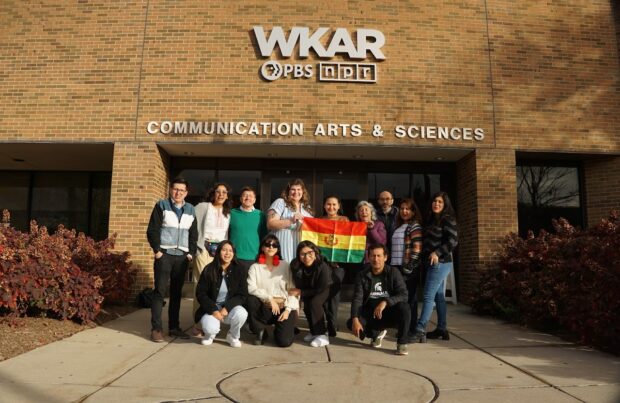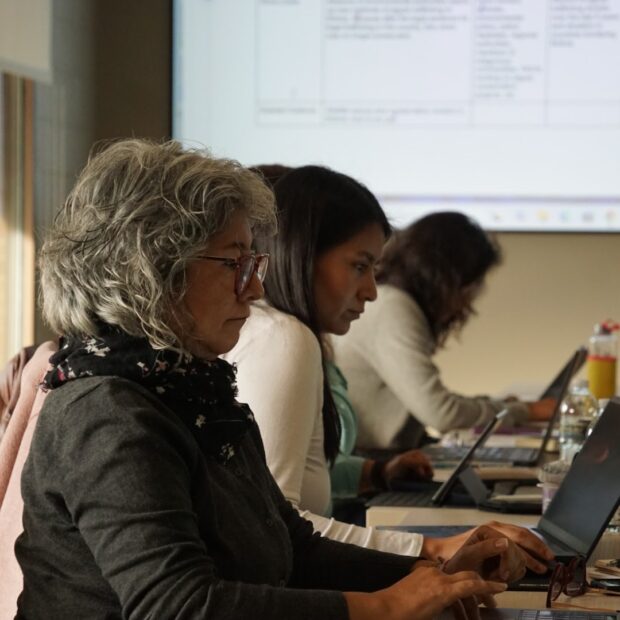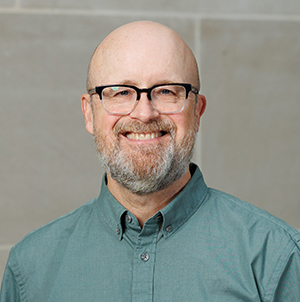By Bruno Takahashi & Iasmim Amiden dos Santos

In a bid to tackle pressing environmental issues in South America, 12 Bolivian journalists gathered at Michigan State University’s Knight Center for Environmental Journalism from October 28 to November 1. The workshop, “Innovations in Environmental Journalism for a Complex World,” aimed to equip reporters with new skills and insights to enhance environmental coverage in Bolivia and across the region.

Erika Bayá Santos, Red Ambiental de Información during the workshop


 “The problem is not that elected politicians are unresponsive to voters, but that changes in electoral competition and the information environment have made politicians more responsive to the most negatively partisan voters, who in turn drive public (mis)understanding of the clean energy transition as a political challenge,” Spence says.
“The problem is not that elected politicians are unresponsive to voters, but that changes in electoral competition and the information environment have made politicians more responsive to the most negatively partisan voters, who in turn drive public (mis)understanding of the clean energy transition as a political challenge,” Spence says.

 WHAT: A year-long fellowship developed by University of Rhode Island’s
WHAT: A year-long fellowship developed by University of Rhode Island’s